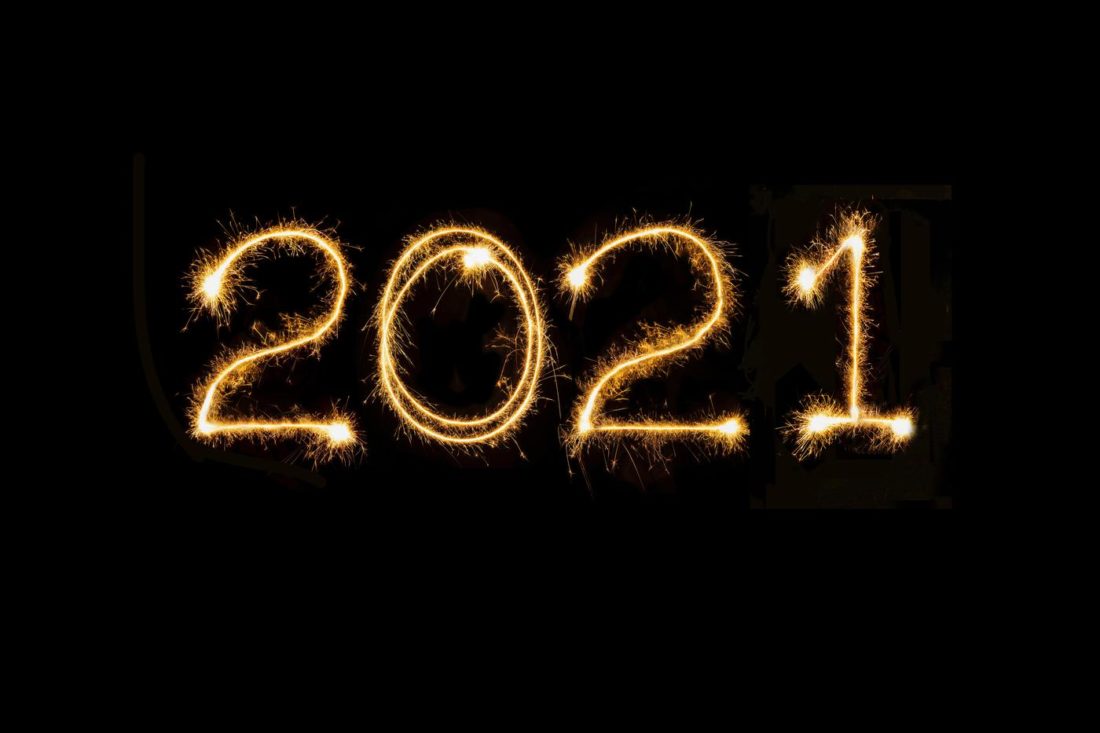
It’s 2021. Finally. 2020 will go down as a year most wanted to forget: With the coronavirus raging around the world, economic upheaval, racial and political unrest in the U.S. and a deepening divide in economic prosperity, 2020 ushered in a radically changed world.
In the market research world, we saw this turmoil up close: Certain industries (online retail and cybersecurity technologies, to name two) flourished. Airlines, the service industry, and brick and mortar struggled. And, from our perspective, consumer behavior changed more drastically in one year than it had in the past decade.
So, now we’re in 2021, and we were all certainly way off on our crystal ball for 2020, but there are some trends we foresee (with *some* degree of confidence) for 2021.
Market research 2021 trend #1: Track how consumer behavior may be permanently altered
We have promising vaccines being circulated in the U.S and Europe currently, and optimistically, most of the general population in the U.S, Canada, and Europe will be vaccinated by the third quarter, but that doesn’t mean that consumer behavior will magically go back to the way it was in, say, January 2020. None of us know, of course, how people will respond once the majority of the population is vaccinated and the economy starts to recover, but what we do know is that without having a constant pulse on consumer mindsets and behaviors, brands won’t be able to respond and adapt accordingly. Executives should focus on understanding how much of altered pandemic behavior will remain permanent.
The only way to truly learn will be to prioritize budgets toward market research. Indeed, this will be a far more effective use of budget as compared to media spend dollars. First, seek to understand how consumer behavior changes over the course of the year, and from these insights, work on product pivots and marketing messaging, but by failing to do thorough consumer insight research first, companies will be spending media dollars blindly.
Market research 2021 trend #2: Increased journey mapping research
Plunkett Research estimated that 10 years’ of growth in digital adoption and behavior were compressed into a few months during 2020. Consumers had no choice but to move most of their activities to online – from school to shopping to telecommuting and medicine. Fortunately, we have a myriad of tools at our disposal in market research to study behavior, even when we’re not in-person. In 2020 at InterQ, the majority of our projects utilized screen sharing to track customer journey mapping as people shopped or went through digital experiences; mobile ethnographies to see how people used apps and responded to marketing email campaigns; and Zoom interviews for online focus groups and in-depth interviews. In 2021 we foresee this trend accelerating. Because so much of consumer behavior has been forced online, companies are seeing an increased need to improve their digital experiences. From online shopping to email campaigns, without a clear view into what the consumer is thinking and how they’re interacting with these properties, companies could be missing prime opportunities for enhanced digital experiences.
In journey mapping research, we’re able to both observe and interview people as they use digital products. This helps us find gaps and opportunities, and it’s far more revealing than simple click stats, heat mapping, or KPIs like cart abandons. In fact, we can even incorporate biometrics – remotely – to track facial expression and eye tracking. This, along with qualitative interviewing, equips companies with a robust picture on how their customers are behaving online, and brands can use these insights to make targeted improvements.
Market research 2021 trend #3: Use market research for forecasting and future strategy rollouts
If there’s one thing that 2020 taught us, it’s that we, as a world, were not prepared for the vast disruptions that the pandemic unleashed. Those companies who invested heavily in market research as the pandemic was unfolding were far more prepared to pivot and make sound business decisions than those who tried to use their same business strategies in a completely altered environment. We certainly don’t know what huge disruptions face us, as a world, but one thing we do know is that by reprioritizing research and consumer insights budgets, we can equip industries and brands to be better prepared, for whatever the future holds. As companies look toward long-term planning, forecasting, and rollouts, if they keep a research-centric focus, in all of their decision making and planning, they’ll be far more equipped than companies who eschew research and instead rely on (now) outdated forecasting modeling tools.
How should you rollout market research in 2021? Request a proposal and let’s strategize >
